
Pearl Comfort Sydenstricker Buck was an American writer and novelist. She is best known for The Good Earth, the best-selling novel in the United States in 1931 and 1932 and which won her the Pulitzer Prize in 1932. In 1938, Buck became the first American woman to win the Nobel Prize in Literature "for her rich and truly epic descriptions of peasant life in China" and for her "masterpieces", two memoir-biographies of her missionary parents.
Sanditon (1817) is an unfinished novel by the English writer Jane Austen. In January 1817, Austen began work on a new novel she called The Brothers, later titled Sanditon, and completed eleven chapters before stopping work in mid-March 1817, probably because of illness. R.W. Chapman first published a full transcription of the novel in 1925 under the name Fragment of a Novel.

Rebecca is a 1938 Gothic novel written by English author Daphne du Maurier. The novel depicts an unnamed young woman who impetuously marries a wealthy widower, before discovering that both he and his household are haunted by the memory of his late first wife, Rebecca.

Rebecca is a 1940 American romantic psychological thriller film directed by Alfred Hitchcock. It was Hitchcock's first American project, and his first film under contract with producer David O. Selznick. The screenplay by Robert E. Sherwood and Joan Harrison, and adaptation by Philip MacDonald and Michael Hogan, were based on the 1938 novel of the same name by Daphne du Maurier.

Margaretta Mary Winifred Scott was an English stage, screen and television actress whose career spanned over seventy years. She is best remembered for playing the eccentric widow Mrs. Pumphrey in the BBC television series All Creatures Great and Small (1978–1990).

Mrs McGinty's Dead is a work of detective fiction by British writer Agatha Christie, first published in the US by Dodd, Mead and Company in February 1952 and in the UK by the Collins Crime Club on 3 March the same year. The US edition retailed at $2.50 and the UK edition at nine shillings and sixpence (9/6). The Detective Book Club issued an edition, also in 1952, as Blood Will Tell.
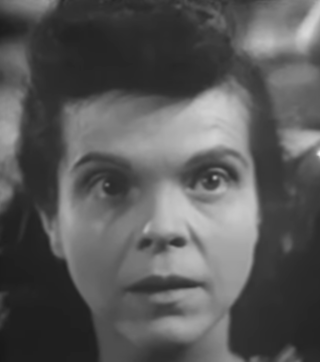
Dorothy Adams was an American character actress of stage, film, and television.
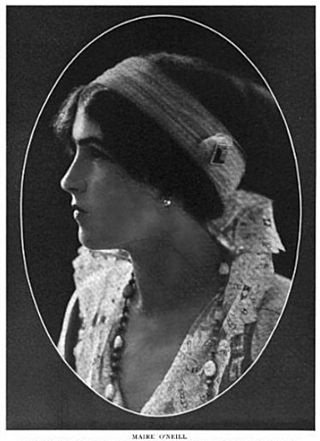
Maire O'Neill was an Irish actress of stage and film. She holds a place in theatre history as the first actress to interpret the lead character of Pegeen Mike Flaherty in John Millington Synge's controversial masterpiece The Playboy of the Western World (1907).

Minerva Urecal was an American stage and radio performer as well as a character actress in Hollywood films and on various television series from the early 1950s to 1965.
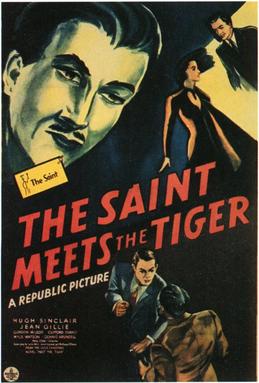
The Saint Meets the Tiger is a 1941 British mystery thriller film directed by Paul L. Stein and starring Hugh Sinclair, Jean Gillie and Clifford Evans. It was made by the British unit of RKO Pictures and released the same year, but was not distributed until 1943 in America. This was to be the last of the eight films in RKO's film series about the crimefighter the Saint. It was shot at Denham Studios outside London with sets designed by the art director Paul Sheriff. The previous entries in the series had all been made in Hollywood except The Saint's Vacation.

Cass Timberlane is a 1947 American romantic drama film directed by George Sidney and starring Spencer Tracy, Lana Turner and Zachary Scott. It was based on the 1945 novel Cass Timberlane: A Novel of Husbands and Wives by Sinclair Lewis, which was Lewis' nineteenth novel and one of his last.

Nelle Clyde Wilson Reagan was the mother of 40th United States President Ronald Reagan (1911–2004) and his older brother Neil Reagan (1908–1996).
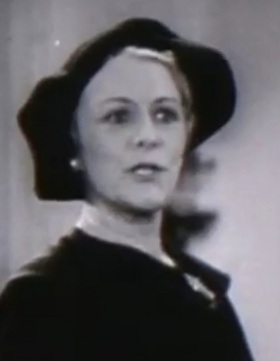
Nella Walker was an American actress and vaudeville performer of the 1920s through the 1950s.

Evelyn Prentice is a 1934 American crime drama film starring William Powell and Myrna Loy, and featuring Una Merkel and Rosalind Russell in her film debut. The movie was based on the 1933 novel of the same name by W. E. Woodward. Filmed between the original Thin Man and the first of its sequels, William Powell and Myrna Loy are re-teamed as another husband-and-wife team knee deep in a murder mystery.
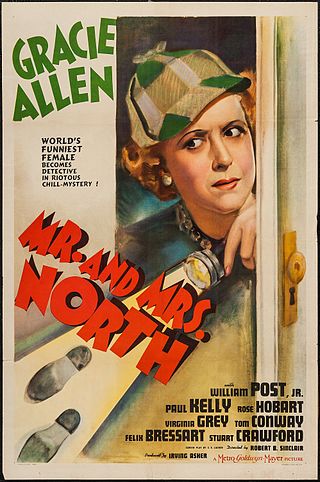
Mr. and Mrs. North is a 1942 American comedy mystery film directed by Robert B. Sinclair, starring Gracie Allen and William Post Jr. as detectives Pam and Jerry North. The screenplay was based on a 1941 Broadway play by Owen Davis, which in turn was based on a series of mystery novels by Frances and Richard Lockridge. Pam North, a dizzy socialite, and her husband Jerry return home from a vacation to find a dead body in their apartment. All the suspects are close friends of the Norths, a fact that encourages Pam to gently interfere in the ongoing murder investigation conducted by Lt. Weigand.

The Girl in the News is a 1940 British thriller film directed by Carol Reed and starring Margaret Lockwood, Barry K. Barnes and Emlyn Williams. It was based on the eponymous novel by Roy Vickers, released the same year.

Horizon, located on the south side of Channel Lake, is a hamlet in Bengough Rural Municipality No. 40, Saskatchewan, Canada. It previously held the status of village until December 31, 1973. The hamlet is located 60 km (37 mi) east of the Town of Assiniboia on highway 13.
This is a list of the writings of the American writer August Derleth.

Mr. Bumble is a fictional character and minor antagonist in the 1838 novel Oliver Twist by Charles Dickens.

Kitty Lee Jenner was an English artist, bard and writer who helped to set up the Cornish Gorsedh. She grew up in Cornwall and studied art in London. She later became an author, publishing six novels under the name Katharine Lee, as well as writing books on Christian symbolism. She became known as Mrs Henry Jenner and Katharine Jenner following her marriage to Henry Jenner in 1877. The couple had one child together. To begin with, she was the more famous person in the relationship.


















